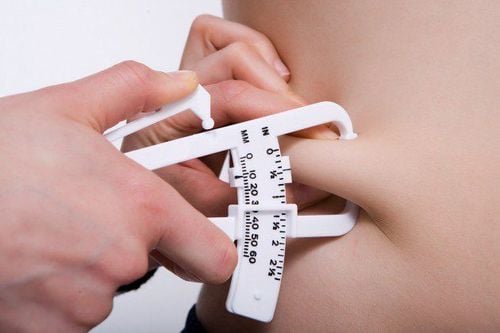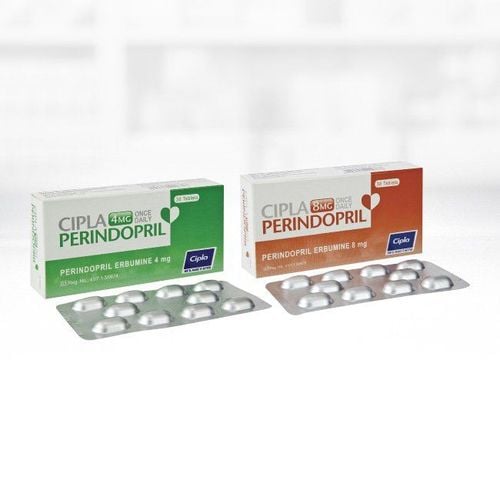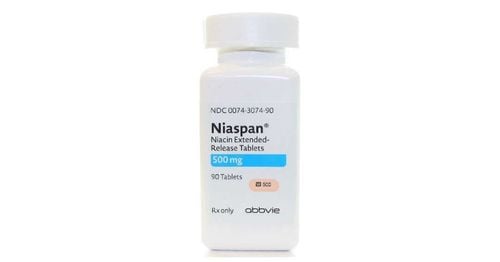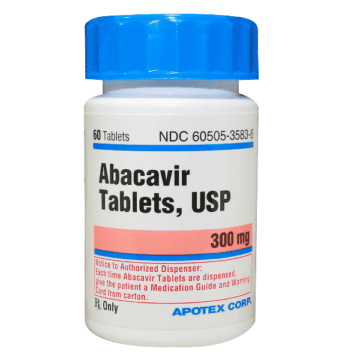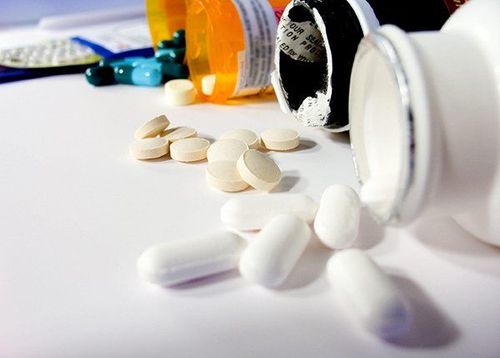This is an automatically translated article.
The article was professionally consulted by Specialist Doctor II Ho Viet Le Diem - General Internal Medicine - Department of Examination & Internal Medicine - Vinmec Central Park International General Hospital.Some types of fat can negatively affect health and contribute to diseases such as cancer, obesity, and high blood pressure, but others are beneficial and necessary for health. The main types of fat cells in the body are white, brown, and beige. So what role do these fats play in the body?
1. The role of fats in the body
1.1 White fat White fat is the type of fat that most people immediately think of when it comes to fat. It is made up of large white cells that are stored under the skin or around organs in the abdomen, arms, buttocks, and thighs. These fat cells are responsible for storing energy for the body to use later.This type of fat also plays a large role in the function of hormones such as:
Estrogen Leptin (one of the hormones that stimulates hunger) Insulin Cortisol (a hormone that causes stress) Growth hormone While some amount White fat is very necessary for health, but too much white fat is very harmful. A healthy body fat percentage depends on your fitness level or physical activity.
According to the American Council on Exercise, non-athletes should have a total body fat percentage between 14 and 24%, while non-athletes should be in the range. vi 21 to 31%.
Body fat percentage higher than recommended can put you at risk for the following health problems:
Type 2 diabetes Coronary artery disease High blood pressure Stroke Hormonal imbalance Complications pregnancy Kidney disease Liver disease Cancer

Tỷ lệ phần trăm mỡ cơ thể cao hơn mức khuyến nghị có thể gây ra bệnh tiểu đường
This type of fat burns fatty acids to keep you warm. Researchers are now working to find ways to stimulate brown fat to work to help prevent obesity.
1.3 Beige Grease Beige grease is a relatively new area of research. These fat cells function somewhere between brown and white fat cells. Similar to brown fat, beige fat cells can help burn fat rather than store it.
Experts believe that certain hormones and enzymes released when you are stressed, cold or when you exercise can help convert white fat into beige fat.
This is an area of research that is of interest to many scientists to help prevent obesity and maximize healthy body fat.
1.4 Essential fat Essential fat is exactly the amount of fat you need for a healthy life and body. This fat is found in:
Brain Bone Marrow Nerves Membranes that protect organs Essential fats play a major role in hormone regulation such as those that control fertility, vitamin absorption and regulation temperature.
According to the American Council on Exercise, women need at least 10 to 13 percent of essential fats in their body composition for good health, while men need at least 2 to 5%.
1.5 Subcutaneous fat
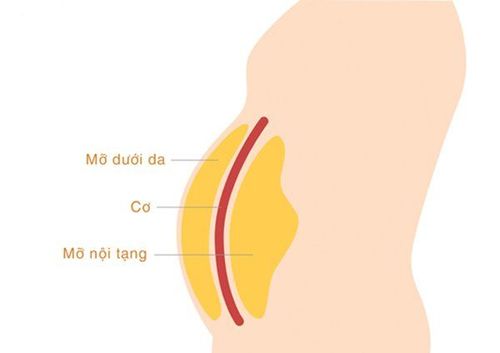
Mỡ dưới da là chất béo được lưu trữ dưới da
Most of our body fat is subcutaneous and that you can squeeze or pinch on your arms, belly, thighs and buttocks.
Bodybuilders use calipers to measure subcutaneous fat as a way of estimating total body fat percentage. Having a certain amount of subcutaneous fat is normal and healthy, but having too much can lead to hormone imbalances and sensitivity levels.
1.6 Visceral fat Visceral fat is also known as belly fat. Visceral fat is white fat that is stored in the abdomen and around all major organs in the body, such as the liver, kidneys, pancreas, intestines, and heart.
High levels of visceral fat can increase the risk of diabetes, cardiovascular disease, stroke, artery disease and some cancers.
2. The benefits of fat
Your body will function best when it has the right overall fat ratio. Having a healthy body fat percentage offers many benefits, such as:Temperature regulation Balanced hormone levels Better reproductive health Adequate storage of vitamins Ensures good nerve function Healthy metabolism Weight by blood sugar
3. The risk of having a lot of fat in the body

Đột quỵ là nguy cơ sức khỏe nguy hiểm khi lượng mỡ trắng, mỡ nội tạng quá nhiều
Cardiovascular disease Stroke Coronary artery disease Atherosclerosis Pregnancy complications Type 2 diabetes Hormonal disorders Certain cancers Diet and fat A common misconception is that a high-fat diet causes too much body fat. However, this is only partially true. While fats are higher in calories than carbohydrates or proteins, people need a certain amount of fat for good health.
Refined foods and processed foods that are high in carbohydrates and low in fiber can also cause weight gain. People whose diets are high in refined sugars and processed foods are often prone to visceral fat.
Calories that the body does not use will be stored as fat reserves. To gain or lose weight, it's the total number of calories you take in relative to the calories you burn daily that's important, rather than focusing on those calories coming from unhealthy fats, carbohydrates or proteins.
Most experts recommend a diet rich in protein, complex carbohydrates, and fiber with moderate portion sizes. A healthy diet is most effective when combined with regular exercise.
Strength training is particularly effective at increasing metabolism, building muscle mass and preventing fat gain in the long run.
However, before building a suitable diet, exercise and living regimen, you need to have your body fat percentage measured and a general health examination to detect the amount of fat in your body, specifically: How much and fat has any effect on your health or not. Therefore, based on demand as well as scientific evidence, Vinmec International General Hospital has implemented a general health examination package with many different examination contents suitable for each age and specific health condition. body.
With many years of experience in the medical field and a team of experienced medical staff, Vinmec International Hospital will help customers better understand their general health through medical examination and treatment. , testing and in-depth consultation. From the care and treatment plan that has been put in place, the hospital will ultimately bring customers a stable quality of health and long-term health.
Doctor Ho Viet Le Diem has more than 10 years working in the Department of Resuscitation - Cardiac Surgery at Cho Ruong Hospital with the position of cardiologist and Open Heart Resuscitation. And has more than 03 years as a General Internal Medicine doctor at Family Medical Practice in Ho Chi Minh City. Currently, Dr. Diem is working at the Internal Medicine Department - Vinmec Central Park International General Hospital.
Please dial HOTLINE for more information or register for an appointment HERE. Download MyVinmec app to make appointments faster and to manage your bookings easily.




